The uniqueness of trees is frequently overlooked. We recognize them as important parts of our ecosystem but how often do we stop to admire them and their complexity. This post will uncover the broad expanse of some fantastic trees that start with H. Some you may have heard of, others may be on your doorstep and you’ve never noticed them.
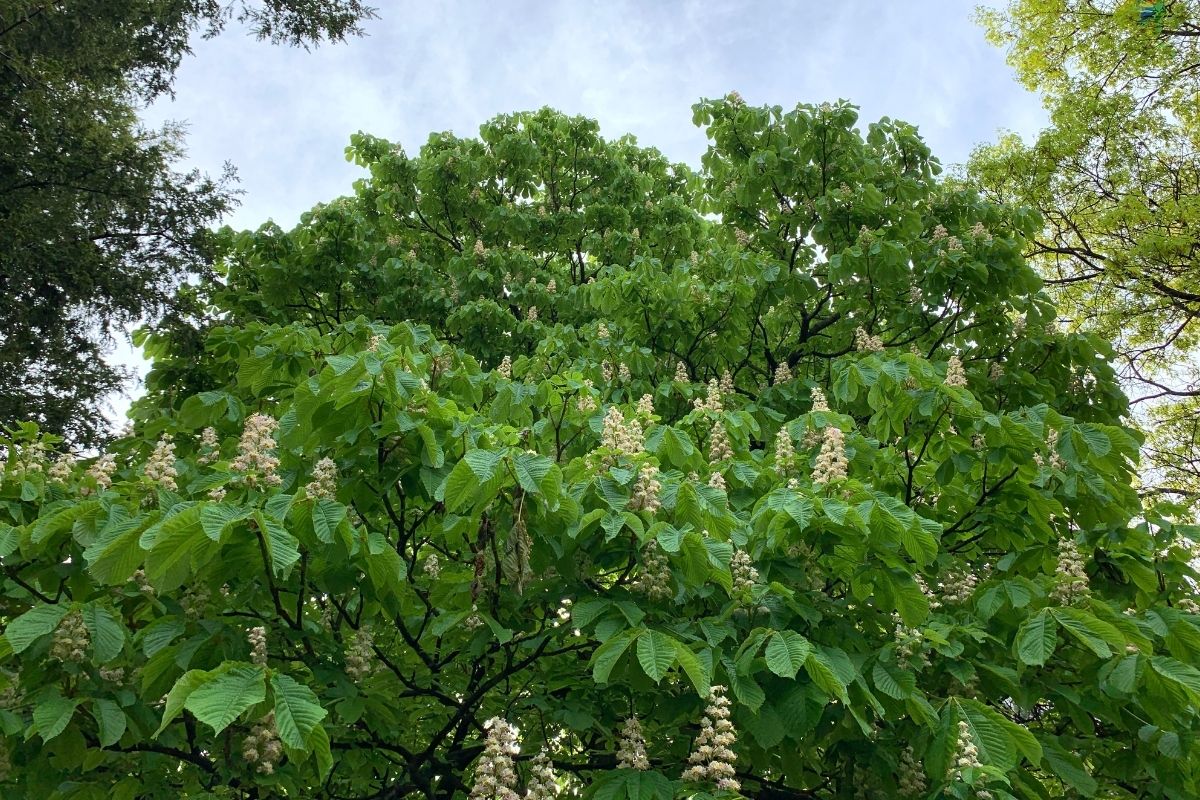
The world of trees is a varied one. No one tree is the same.
1. Hackberry
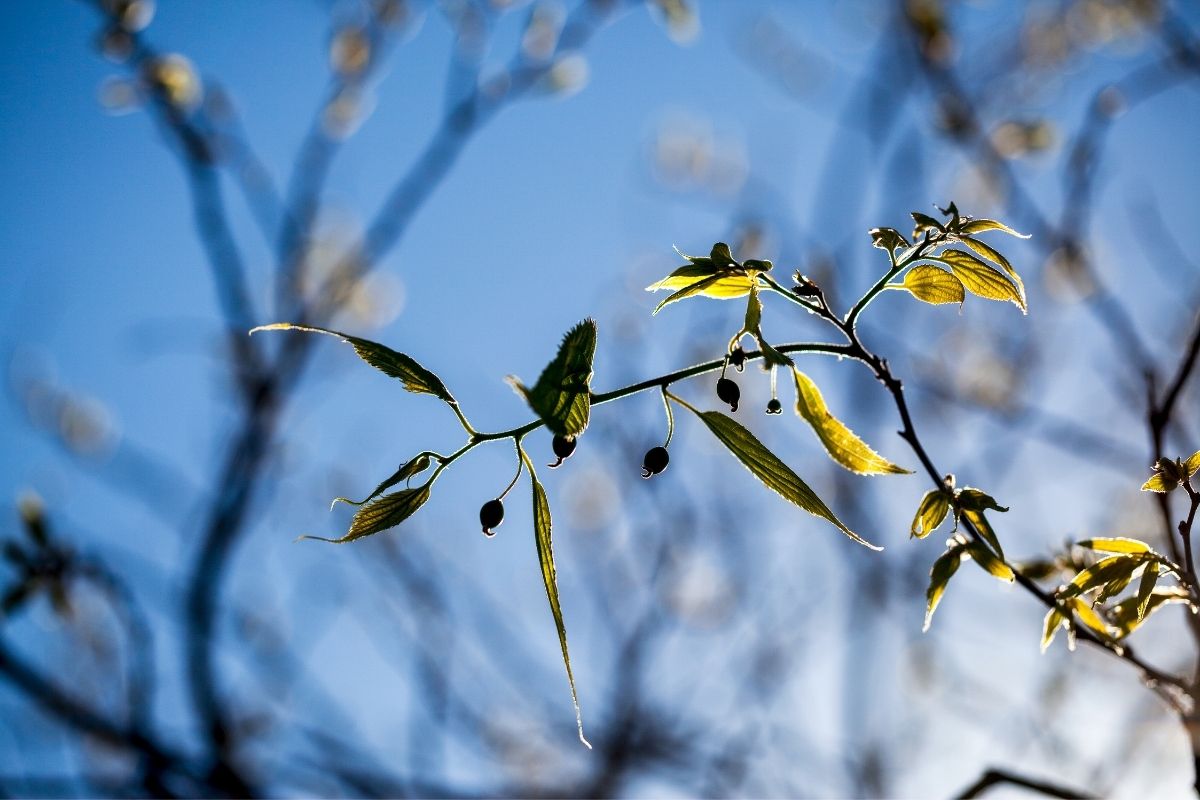
The hackberry, also known as the nettle tree, can be recognized by distinctive light and streaked wood.
The hackberry tree is characterized as a hardwood tree that can most commonly be found on deciduous trees. The hackberry differs from other deciduous trees due to its cork-like bark.
The hackberry is home to the cooler regions of the USA and can commonly be found growing anywhere from southern Ontario to South Dakota.
The hackberry is also known to produce small berry-like fruits ranging from orange to red and purple during the fall.
2. Hawaiian Cotton Tree
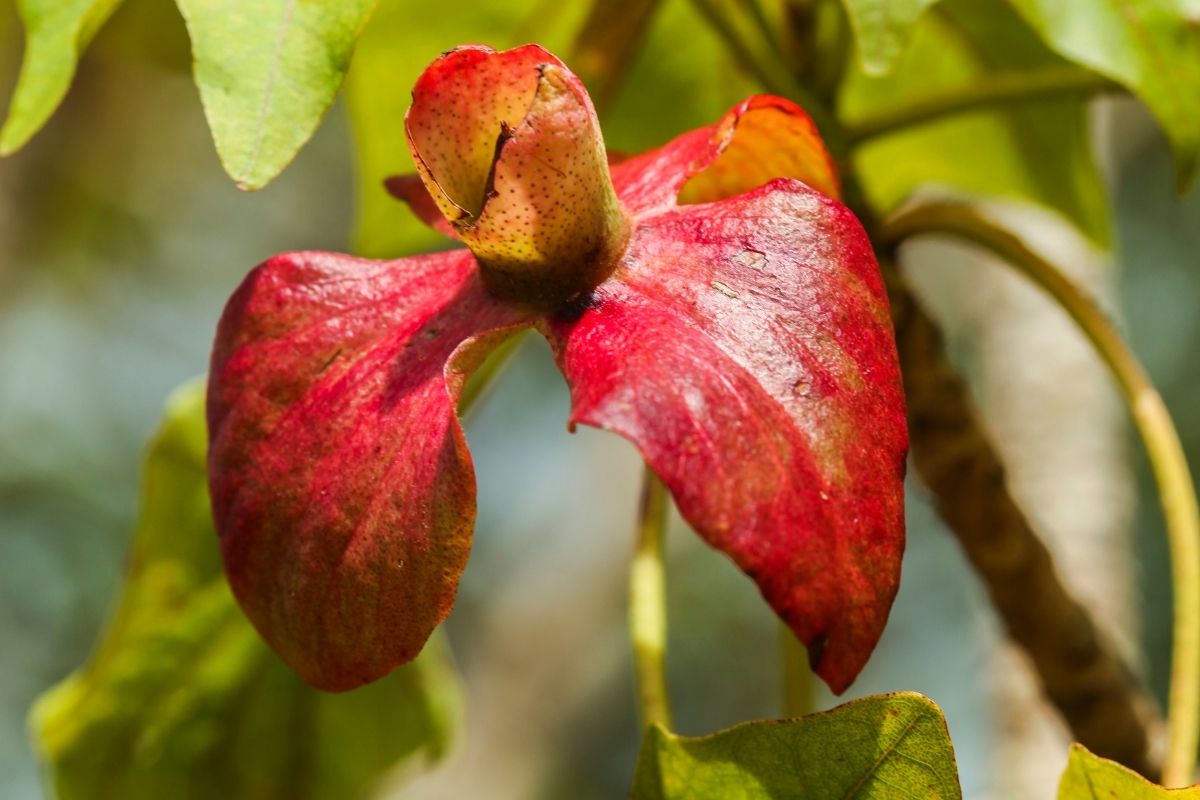
The Hawaiian cotton tree, scientifically known as Kokia drynarioudes is a rare species of flowering plant that produces distinct bright red star-shaped flowers.
The tree is most commonly recognized for producing cotton-like balls. A member of the mallow family is classified as having perennial qualities.
Though native to Hawaii, the Hawaiian cotton tree is in short supply as it is significantly threatened by deforestation and invasive species.
Known to thrive in fertile soil, the Hawaiian cotton tree can be found growing near lava fields in Hawaii.
RELATED: Amazing Vegetation: 13 Different Types Of Amazon Trees
3. Hawthorn Tree

The Hawthorn tree is classified as a shrub that is a significant member of the rose family.
Native to areas of the Northern Hemisphere, the hawthorn tree can be found in several regions across Europe, Asia. North America and North Africa.
The hawthorn tree can be distinguished by its shrub-like quality and the matte red berry-like fruit it produces. The branches of trees are often thorny.
The leaves of the tree are commonly used for culinary purposes and historically used for medicinal purposes.
4. Hazel Tree

The hazel tree is most commonly recognized for the edible hazelnut fruit the tree produces.
The hazel tree, scientifically known as Corylus, consists of a shrub-like quality as it is characterized as a deciduous tree.
Besides its distinct hazelnut fruit, the hazel tree can also be distinguished by its unique round, serrated leaves.
This tree variety is home to regions of the Northern Hemisphere and can commonly be found growing in woodlands. The hazel tree is widely cultivated for its edible fruit.
5. Hemlock Tree
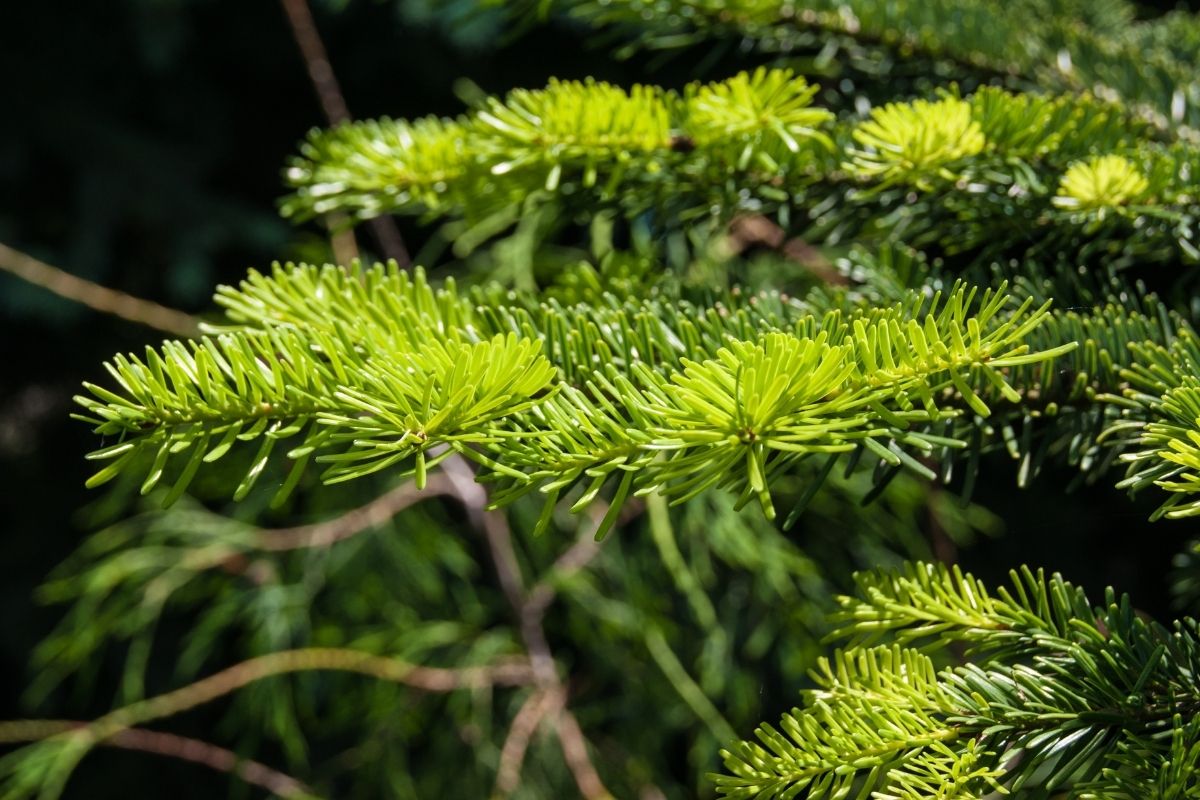
The hemlock tree, scientifically known as Tsuga is classified as a conifer tree and is recognized as a common member of the pine tree family.
The name hemlock tree derives from the tree’s distinctive floral scent that resembles that of the poisonous hemlock plant that can be found growing in the wilderness across Europe and North Europe.
Though similar in scent, the hemlock tree is unrelated to the hemlock plant, and it is a species of tree that is not poisonous.
Like many other evergreen trees, the hemlock tree features a thick and scaly bark and deep purple cones.
6. Hickory Tree

The hickory tree is a common Carya tree that is native to several regions including South Asia, the USA, and Mexico.
There stand to be about 18 species of hickory species that can be found worldwide.
The hickory tree is internationally cultivated for its fruit and its light and dense wood that is often used commercially due to its shock-resistant property.
The tree can be recognized by its nut-like fruit that resembles a pecan. Its nut-like fruit is explained by the hickory tree being classified as a member of the walnut family.
7. Holly Tree
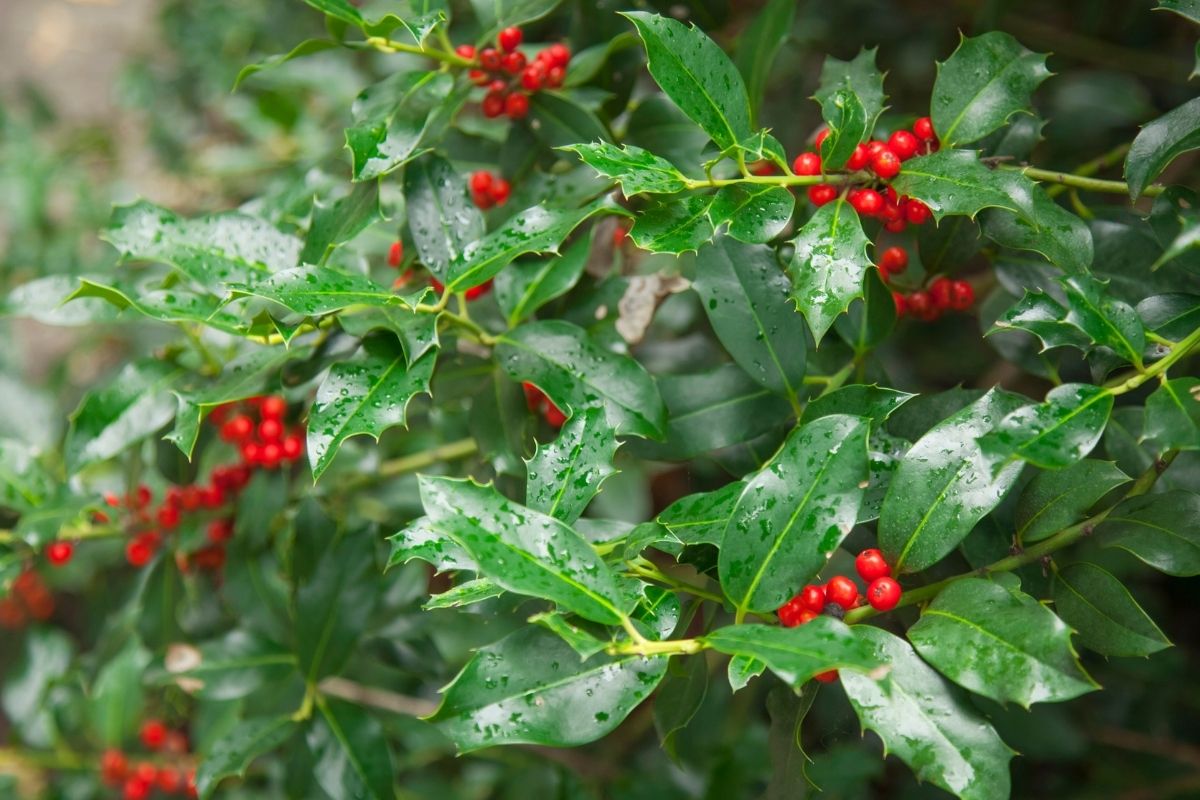
Now, this tree is often used and thought about during the holiday season as it stands to be a significant symbol during Christmas.
Though most commonly recognized for its deep green glossy, spiked leaves and its deep red berries, there are actually over 560 different species of the holly tree.
Classified as an evergreen tree, the holly tree possesses a shrub-like quality.
Whilst some holly variations produce leaves that are considered edible and used for tea, other variations produce toxic leaves and are instead used for ornamental purposes.
8. Hoptree

The hoptree is classed as a member of the citrus family. When we think of citrus, we think of orange and lemon trees… But the hoptree differs in that it is more of a shrub-like species.
The hoptree can be found across the USA as it is native to North America. Whilst the hoptree does produce fruit, unlike other citrus trees, the fruit it bears is not edible.
Producing inedible fruit, the hoptree is most commonly cultivated for ornamental purposes. It consists of a wafer-like leaf that contains two seeds.
Besides its wafer-like fruit, the tree can also be recognized by its red bark.
9. Hornbeam Tree
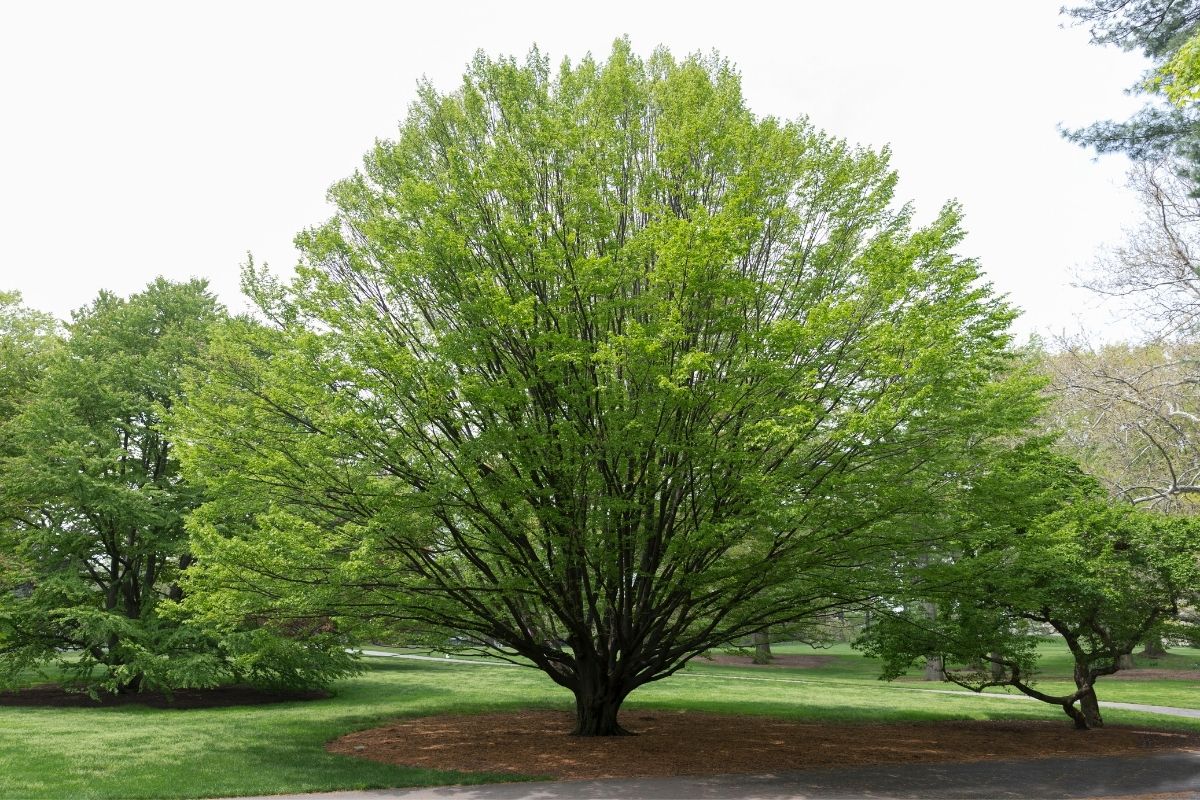
The hornbeam tree is a common member of the birch family. The birch family is recognized for its thin-patterned leaves.
The hornbeam tree possesses such leaves which consist of a streak ridged leaf that feature a vertical asymmetry.
Besides its leaves, the hornbeam tree stands out for its distinct hardwood which is widely sought after.
This variation of birch tree has about 40 species that can be found growing in cooler regions across the Northern Hemisphere.
The hornbeam tree can live for up to 300 years. Its timber, commonly called ironwood, is commercially used for its hardy quality.
10. Horse Chestnut Tree
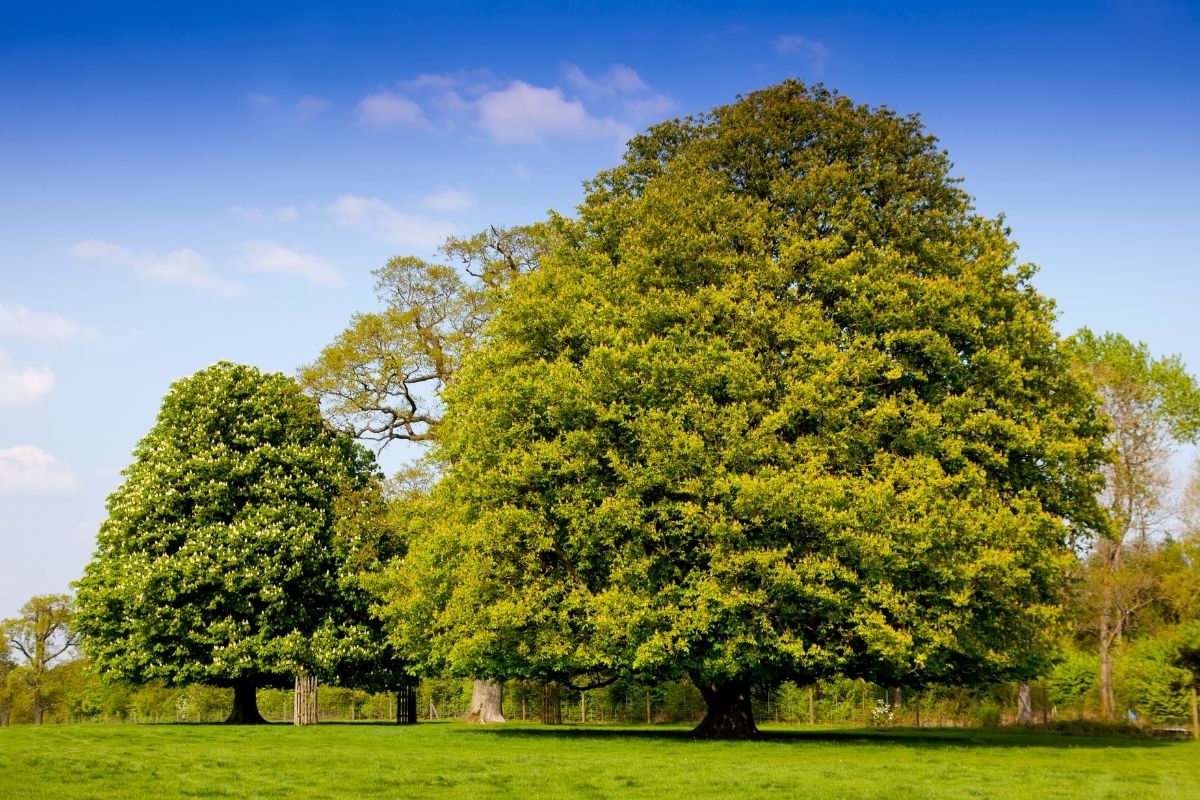
The horse chestnut tree is one of the most widely recognized trees across Europe. Classified as a member of the soapberry family, the horse chestnut tree is related to fruits such as the lychee.
The horse chestnut tree is most commonly recognized for its distinctive seeds that are encased in a thick green spiky shell.
Each seed, known as a conker or horse chestnut, has a nut-like appearance with a brown-gloss exterior with a white base.
The seeds of the tree are considered to be poisonous when they’re young, containing toxic properties.
Like the hornbeam tree, the horse chestnut tree can live for up to 300 years.
RELATED: 11 Different Types Of Chestnut Trees (Including Photos)
11. Horseradish Tree
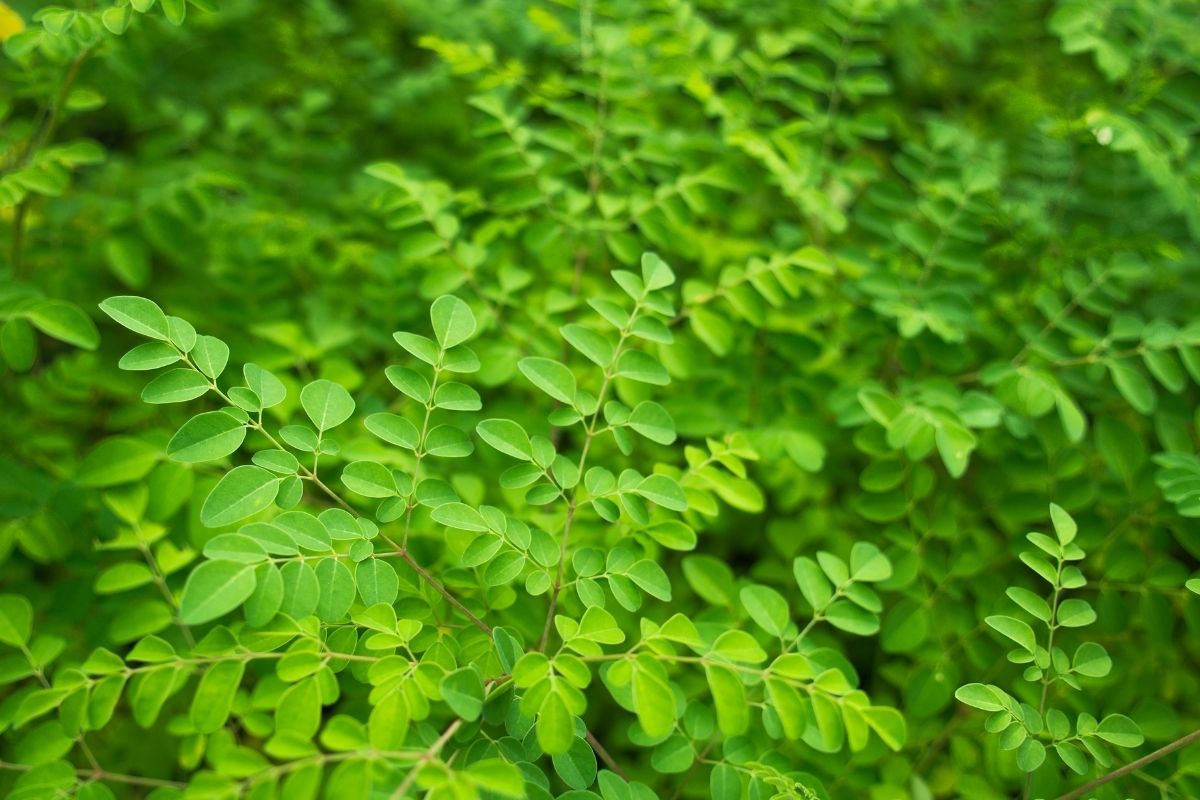
The horseradish tree, scientifically known as the Moringa oleifera is recognized for its drought-resistant properties.
Native to the Indian subcontinent, the horseradish tree is widely cultivated for everything from its leaves and seeds to its bark.
The name horseradish tree derives from the tree’s roots resembling the taste of horseradish hence, the root is commonly used as a vegetable and its leaves and seeds for medicinal purposes.
Besides its unique tasting roots, the horseradish tree is also recognized for its long and drooping delicate branches.
12. Hair Grass

The hair grass is a single variety of over 30 species of grass tree. The hair grass tree is classified as a flowering plant that is native to Australia.
The stem of the plant is known to take up to 20 years to emerge from the ground.
The tree can commonly be found growing in various environments including wet and dry forests, coastal regions.
The hair grass tree is recognized for its hardiness as it is characterized as a frost and drought-tolerant species that can thrive in poor-quality soils.
The hair grass tree accumulates its dead leaves and uses them as insulation to protect itself against harsh environments.
13. Hardy Rubber Tree
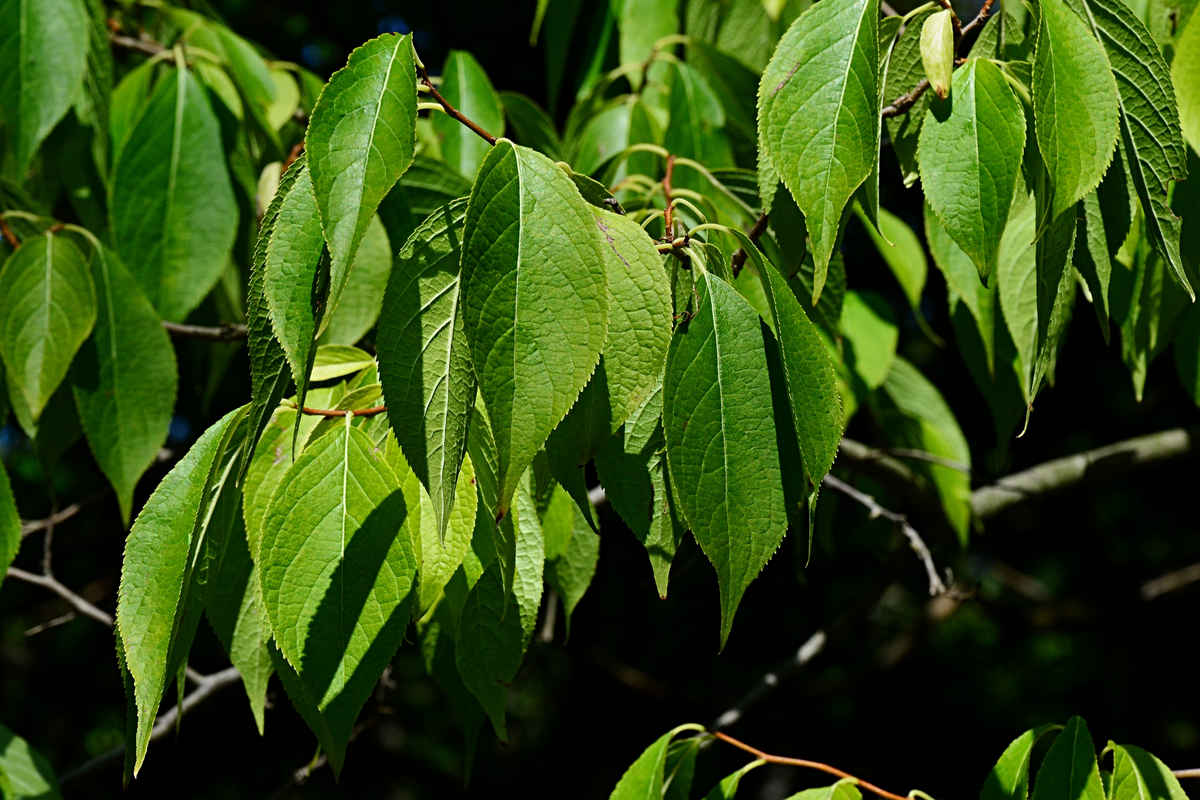
The hardy rubber tree, scientifically known as Eucommia ulmoides is native to China and is often grown for ornamental purposes but is rarely found growing in the wild.
The tree is most commonly used to deter insects and tackle diseases in people’s backyards. The tree’s long hanging branches make it an aesthetically pleasing addition especially when it blooms.
However, what stands out most about the hardy rubber tree as its name suggests, is that the tree’s sap can be made into rubber.
However, due to a complex extraction process, the tree is rarely cultivated for commercial use.
14. Honeysuckle Tree
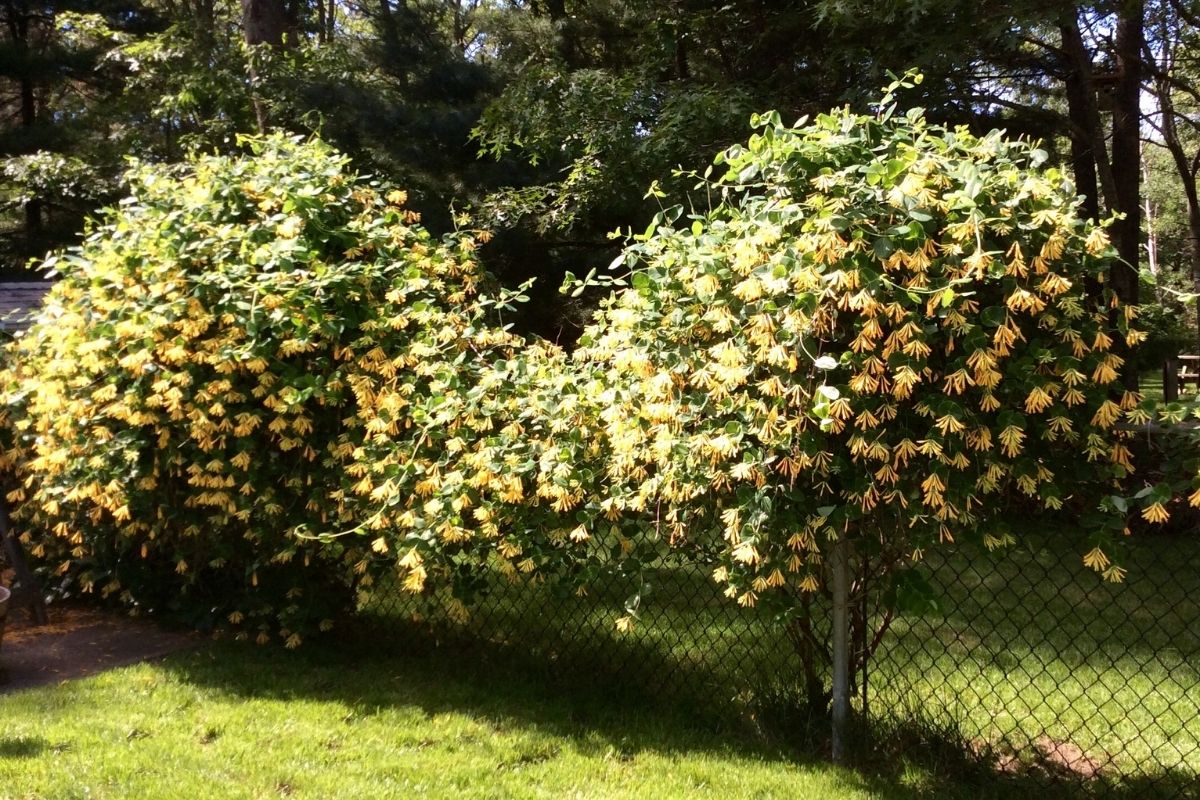
Honeysuckle is classified as a flowering shrub that is recognized for the honey-scented flowers it produces.
Native to Eastern Asia, the honeysuckle tree has since moved to the USA as an ornamental plant and now stands as an invasive species that can commonly be found in the wild.
The hardy tree is recognized for its destructive qualities of killing off native species of the USA. However, the plant continues to be popular for its aesthetics.
The honeysuckle tree can be distinguished not only by its sweet-scented flowers but also by its hollow stem.
Summary
This list of amazing trees only explores some of the best trees starting with H, but there’s a whole alphabet… Doesn’t that just show the unimaginable beauty and variety of the tree world?
From trees that live up to 300 years old to trees that produce cotton, mother nature really doesn’t skip a beat.
Editor’s Recommendations
Tall and Sweet: The Ultimate Guide to Strawberry Trees







